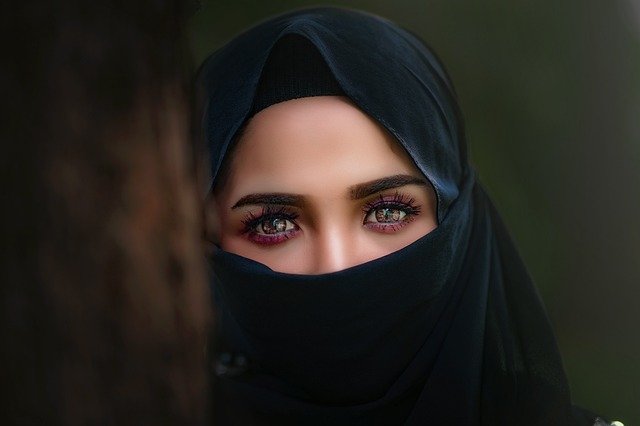**Title: "The Rise of Sustainable Fashion: Trends Shaping a Greener Future"** In

The Rise of Sustainable Fashion: Trends Shaping a Greener Future
As the fashion industry evolves, a significant shift towards sustainability is becoming more prominent. With increasing awareness of environmental issues and ethical labor practices, consumers are demanding change. Here are some key trends that are shaping a greener future in fashion:
1. Eco-Friendly Materials
The use of sustainable fabrics is on the rise. Designers are increasingly opting for materials such as organic cotton, Tencel, hemp, and recycled polyester. These fabrics not only reduce the carbon footprint but also minimize water usage and chemical pollution.
2. Circular Fashion
Circular fashion promotes the idea of reusing and recycling materials to create new garments. Brands are implementing take-back programs and encouraging consumers to return old clothing in exchange for discounts on new purchases. This trend aims to reduce waste and extend the lifecycle of garments.
3. Slow Fashion Movement
In contrast to fast fashion, the slow fashion movement emphasizes quality over quantity. Consumers are encouraged to invest in timeless pieces that are made to last. This trend promotes thoughtful purchasing and a focus on craftsmanship, leading to a more sustainable wardrobe.
4. Transparency and Ethical Practices
Consumers are now more informed and are demanding transparency from brands regarding their supply chains. Ethical practices, fair labor conditions, and responsible sourcing are becoming essential factors in brand loyalty. Companies that prioritize these values are gaining a competitive edge.
5. Upcycling and DIY Fashion
Upcycling is gaining popularity as a creative way to breathe new life into old garments. Fashion enthusiasts are embracing DIY projects, turning thrifted finds into unique pieces. This trend not only reduces waste but also encourages individuality and personal expression.
6. Technology and Innovation
Advancements in technology are paving the way for sustainable practices in fashion. Innovations such as 3D printing, digital fashion, and AI-driven design are helping to reduce waste and streamline production processes. These technologies offer exciting possibilities for creating eco-friendly garments.
7. Rental and Subscription Services
Fashion rental platforms and subscription services are changing the way we consume clothing. By renting instead of buying, consumers can enjoy a rotating wardrobe without the environmental impact of fast fashion. This trend promotes a more sustainable approach to fashion consumption.
Conclusion
The rise of sustainable fashion is not just a trend; it's a movement towards a more responsible and ethical industry. As consumers continue to prioritize sustainability, brands must adapt to meet these demands. By embracing eco-friendly practices, transparency, and innovative solutions, fashion can pave the way for a greener future.
Let’s celebrate the journey towards sustainability and make conscious choices in our fashion endeavors! 🌿✨
Feel free to share your thoughts and experiences with sustainable fashion in the comments below!

Upvoted! Thank you for supporting witness @jswit.